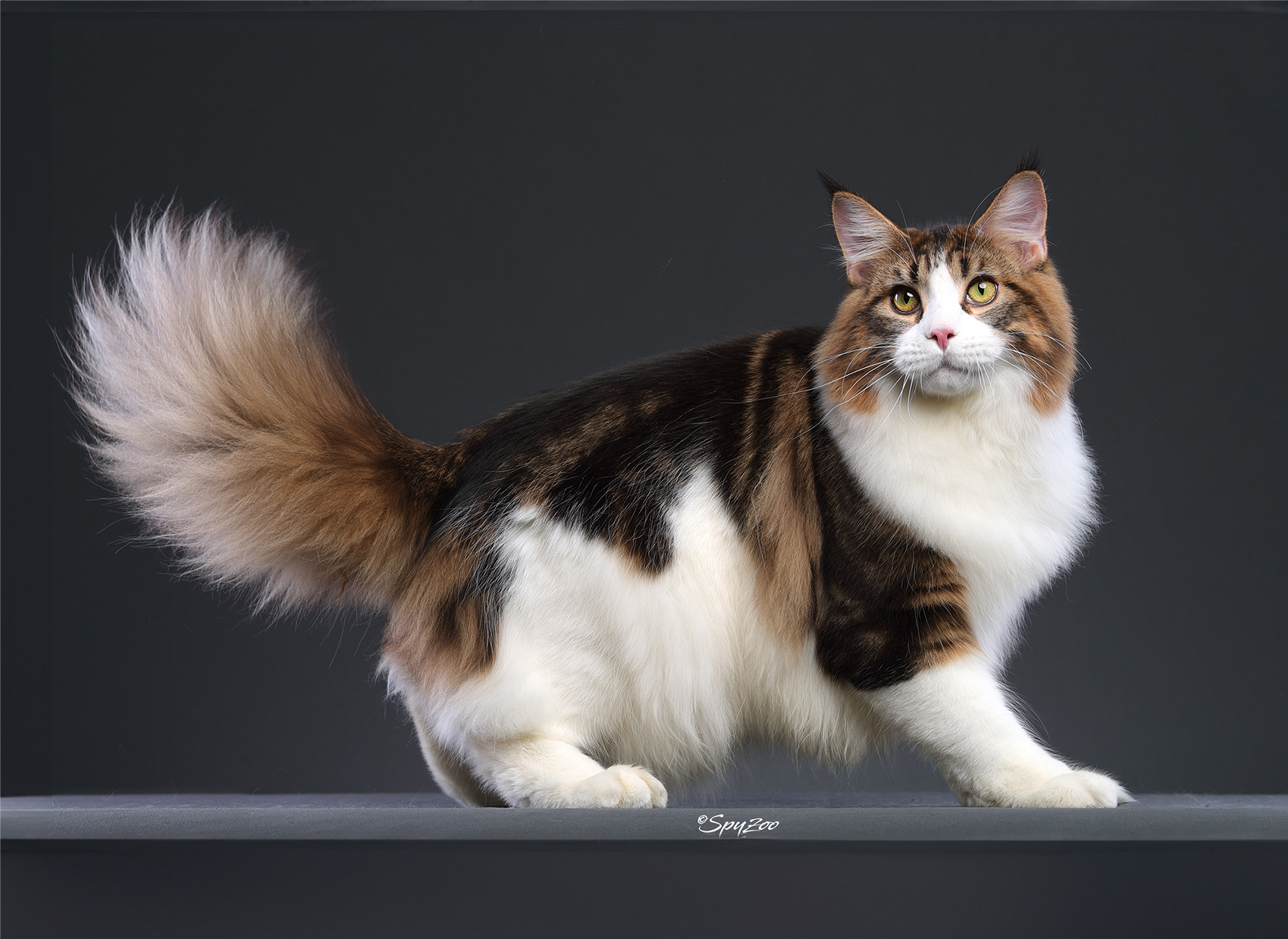Why Are Some Cat Colors Breed-Specific?

Strong 8k brings an ultra-HD IPTV experience to your living room and your pocket.
The dazzling variety of cat coat colors and patterns is one of the most enchanting aspects of feline companionship.
From the deep, mysterious black of a Bombay to the warm cinnamon of an Oriental Shorthair or the pristine white of a Turkish Angora, cat lovers often wonder: why are certain colors or patterns seen only in specific breeds?
The answer lies in the intricate world of feline genetics, selective breeding, and the history of cat domestication.
The Genetics Behind Cat Coat Colors
At the heart of every cat’s appearance are genes—segments of DNA that determine everything from fur length to color, pattern, and even texture.
While any domestic cat can theoretically display a wide range of colors, the expression of these colors depends on the combination of genes inherited from both parents.
The most significant genes influencing coat color include:
B/b/b1 (Black/Brown/Cinnamon): This gene controls the production of eumelanin, the pigment responsible for black and brown shades. The dominant allele (B) produces black, while recessive alleles (b and b1) result in chocolate and cinnamon colors, respectively.
O/o (Orange/Non-orange): Found on the X chromosome, this gene determines the presence of orange (red) pigment. A dominant O allele results in orange fur, while o produces non-orange (black or brown). Females, with two X chromosomes, can be tortoiseshell if they inherit both alleles, while males, with only one X, are usually either orange or not.
D/d (Dense/Dilute): This gene affects pigment intensity. The dominant D allele produces full-intensity colors, while the recessive d allele dilutes them—black becomes gray (blue), chocolate becomes lilac, and orange becomes cream.
C/c/c1 (Tyrosinase/Albinism): Variants of this gene can result in albinism or temperature-sensitive color points, as seen in breeds like the Siamese.
KIT (White/White Spotting): This gene influences the development and distribution of pigment cells. Variants can cause solid white coats, white spotting, or the characteristic “gloves” of Birman cats.
How Breed-Specific Colors Emerge
While these genes exist in the general cat population, certain colors and patterns become breed-specific through generations of selective breeding. Breeders intentionally pair cats to reinforce desired traits, sometimes focusing on rare or unique colors that are not widely seen outside the breed.
1. Selective Breeding and Genetic Isolation
When a breed is established, a small group of cats with specific traits—such as color, pattern, or body type—is chosen as the foundation. Over many generations, breeders select only those kittens that best match the breed standard for further breeding.
This process, known as genetic isolation, can amplify rare color genes within the breed while excluding others.
For example:
Havana Brown: This breed was developed to showcase a solid chocolate coat, a color that is rare in the general cat population because it requires two copies of the recessive b allele. By consistently breeding cats with this trait, breeders ensured that the chocolate color became a hallmark of the breed.
Bombay: Created to resemble a miniature panther, Bombays are bred exclusively for a solid black coat, which is produced by the dominant B allele and reinforced through selective breeding.
Russian Blue: This breed is known for its solid blue (gray) coat, a result of the dilution gene (dd) acting on the black pigment.
Maine Coon: The Maine Coon color and pattern diversity is a direct result of both natural selection and selective breeding. Maine Coons can display a wide spectrum of colors—black, blue (dilute black), red, cream (dilute red), tortoiseshell, and more.
2. Linked Traits and Breed Standards
Breed standards—formal descriptions of the ideal cat for each breed—often specify not just color, but also eye color, coat texture, and pattern. Some colors are linked to other breed-defining traits. For instance:
Siamese: The classic “pointed” coloration (darker extremities with a lighter body) is caused by a temperature-sensitive form of albinism (a variant of the C gene), and is a defining feature of the breed.
Birman: The “white gloving” on the paws is caused by a recessive allele (wg) that is rare outside the breed but fixed within it, making the trait almost exclusive to Birmans.
3. Genetic Bottlenecks and Founder Effects
When a breed is founded from a small number of cats, the genetic diversity is limited. If those cats carry rare color genes, those genes can become common within the breed but remain rare elsewhere.
This is known as the “founder effect.” Over time, traits that are rare in the general cat population can become breed-specific simply because of the limited gene pool.
Why Don’t All Cats Have All Colors?
Despite the vast genetic palette available to domestic cats, not every color or pattern is present in every breed—or even in the general cat population. This is due to several factors:
Recessive Genes: Some colors require two copies of a recessive gene (such as chocolate or cinnamon). If a breed’s founders didn’t carry these genes, the color won’t appear in that breed unless new genetic material is introduced.
Breed Standards: Cat associations often restrict which colors and patterns are allowed for show cats. For example, a breed standard may only permit blue or silver coats, excluding other colors even if the genes are present.
Genetic Compatibility: Some colors or patterns are linked to health issues or are difficult to achieve genetically. For example, male tortoiseshell cats are rare and often sterile because the tortoiseshell pattern requires two X chromosomes, which males typically lack.
Conclusion
Breed-specific cat colors are the result of a fascinating interplay between genetics, selective breeding, and breed standards.
While the genetic building blocks for most colors exist in the broader cat population, it is the focused efforts of breeders and the quirks of inheritance that make certain colors or patterns unique to specific breeds.
Understanding the science behind these beautiful coats not only deepens our appreciation for the diversity of our feline friends but also highlights the remarkable journey from wildcat to beloved companion.
Note: IndiBlogHub features both user-submitted and editorial content. We do not verify third-party contributions. Read our Disclaimer and Privacy Policyfor details.


